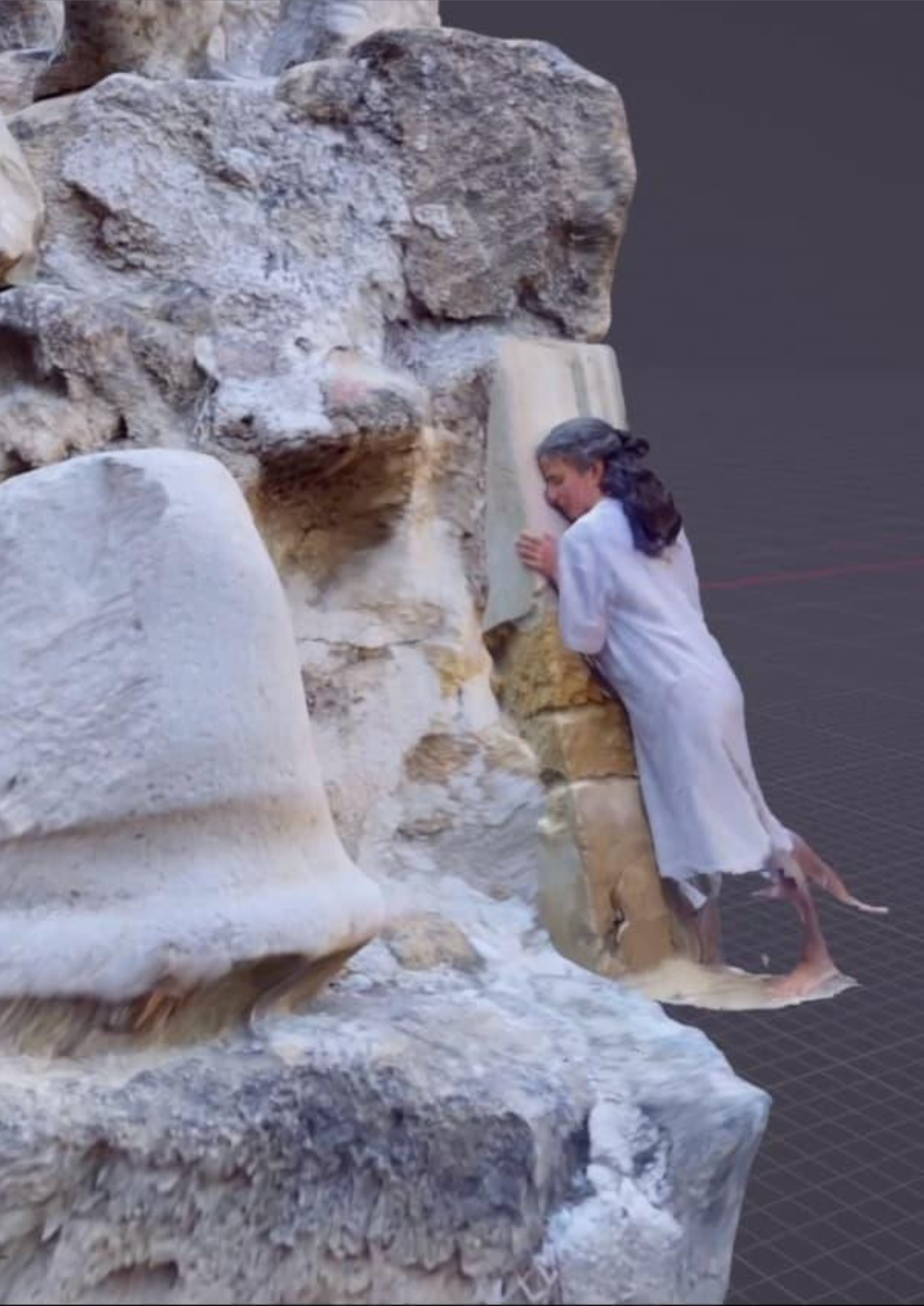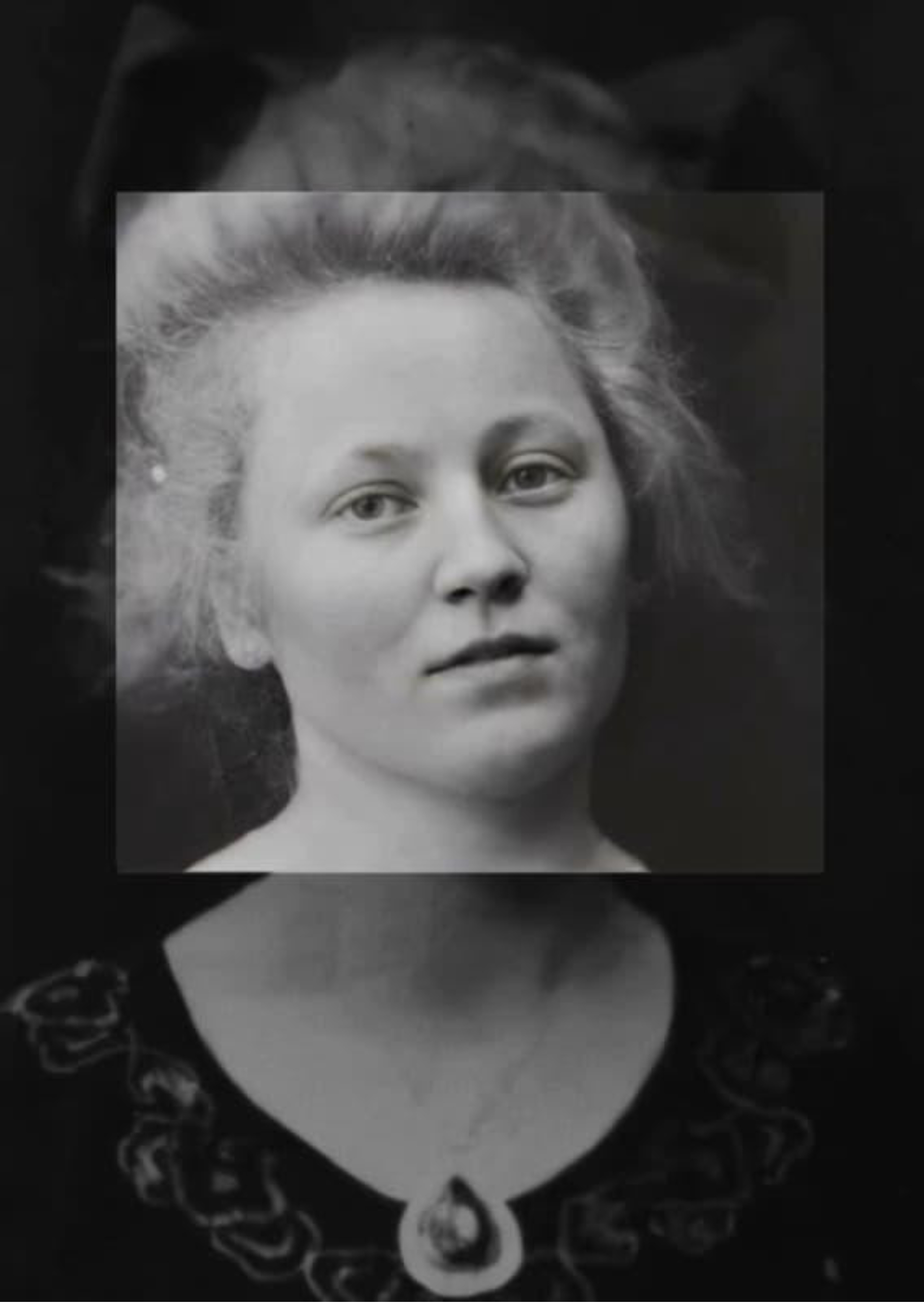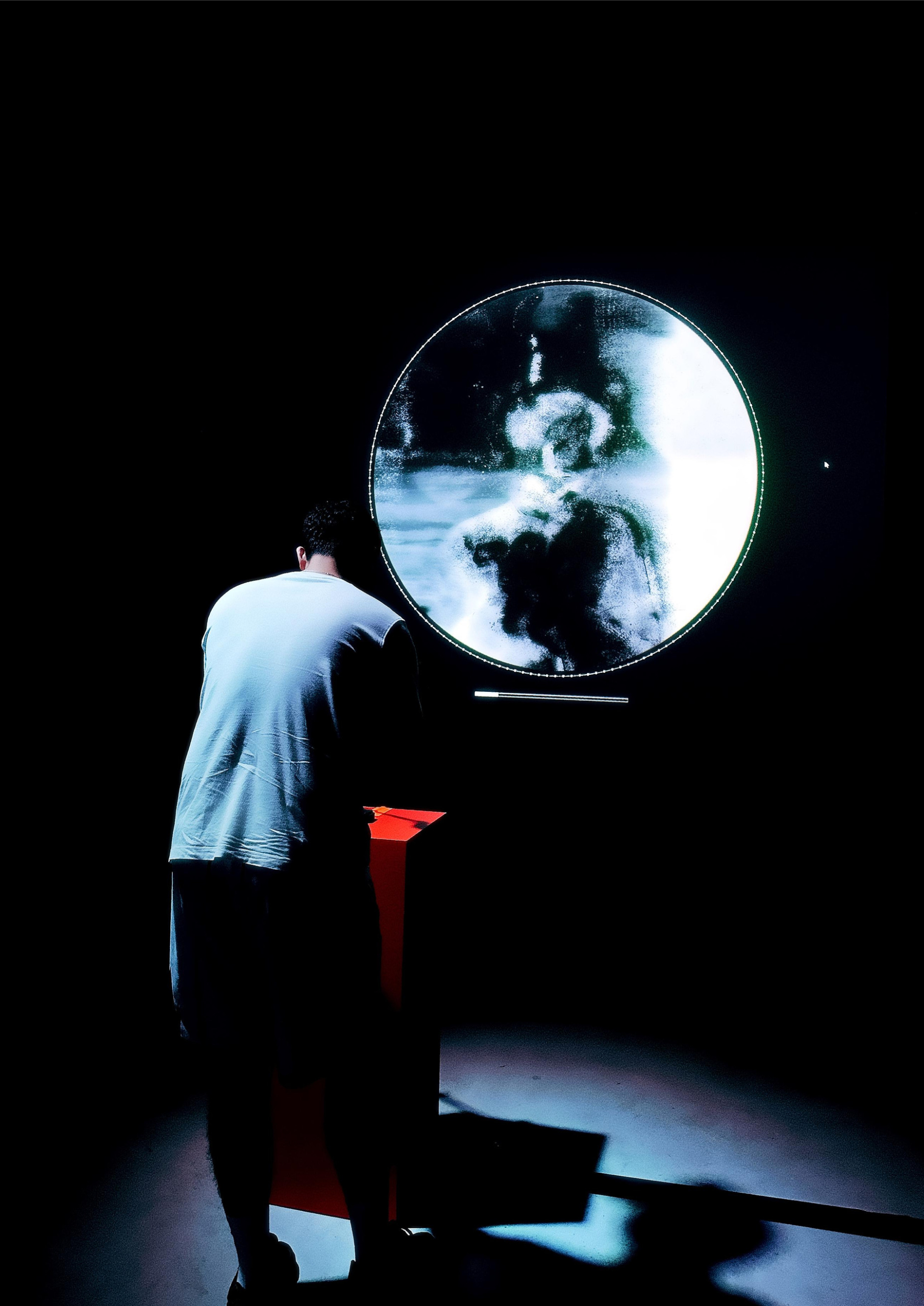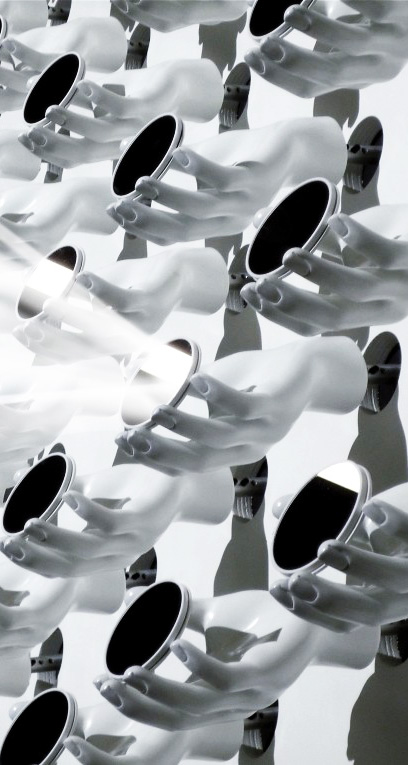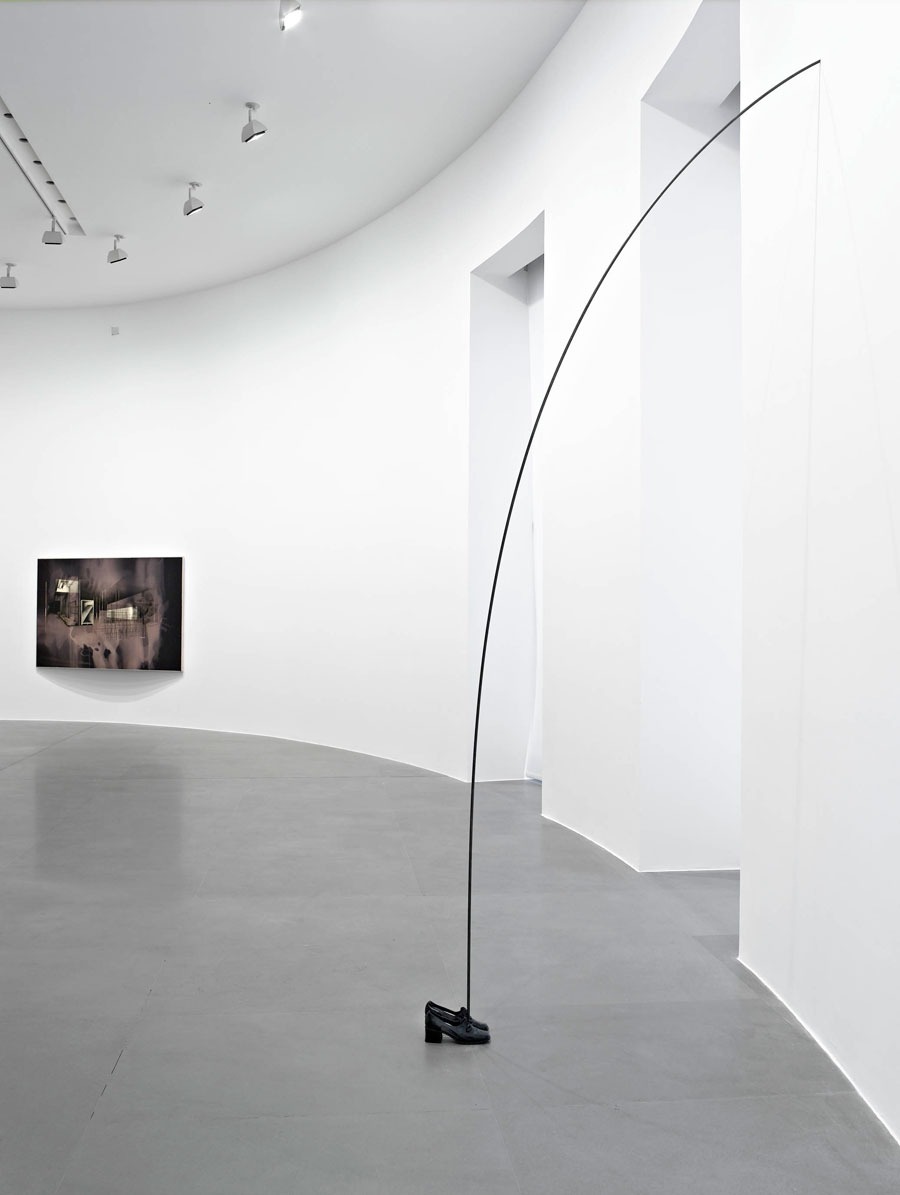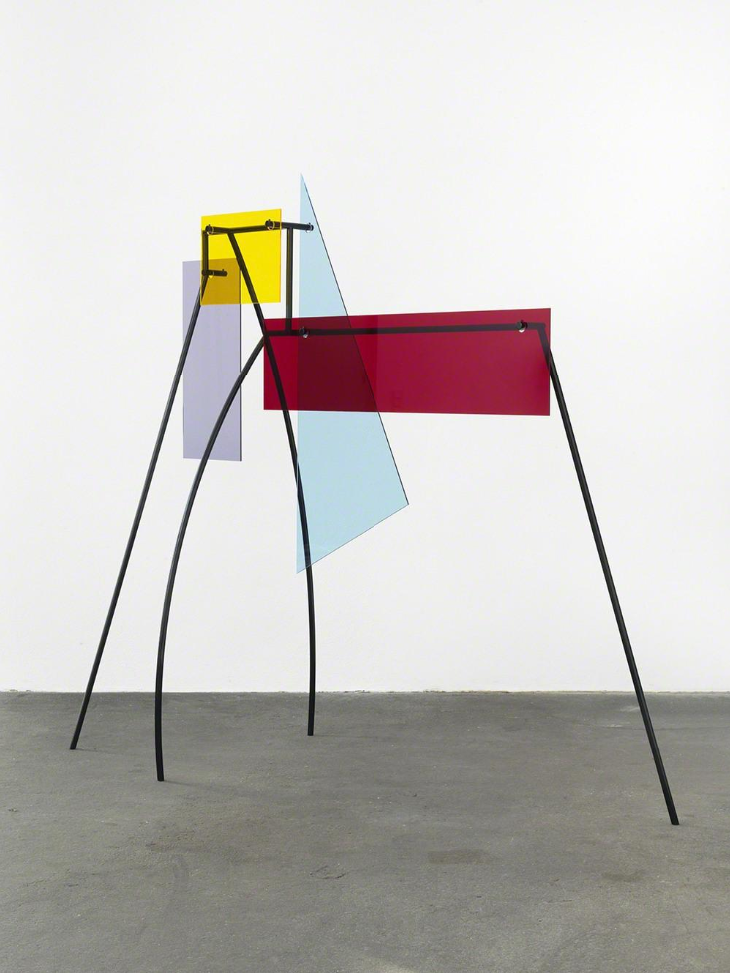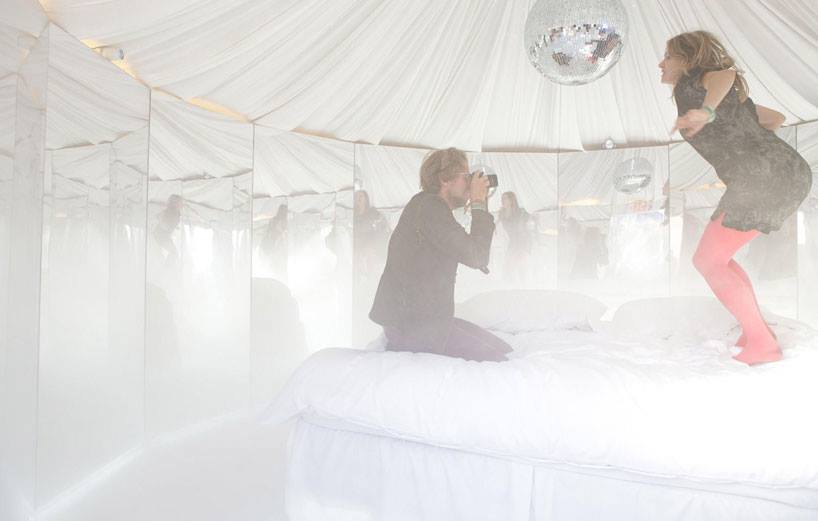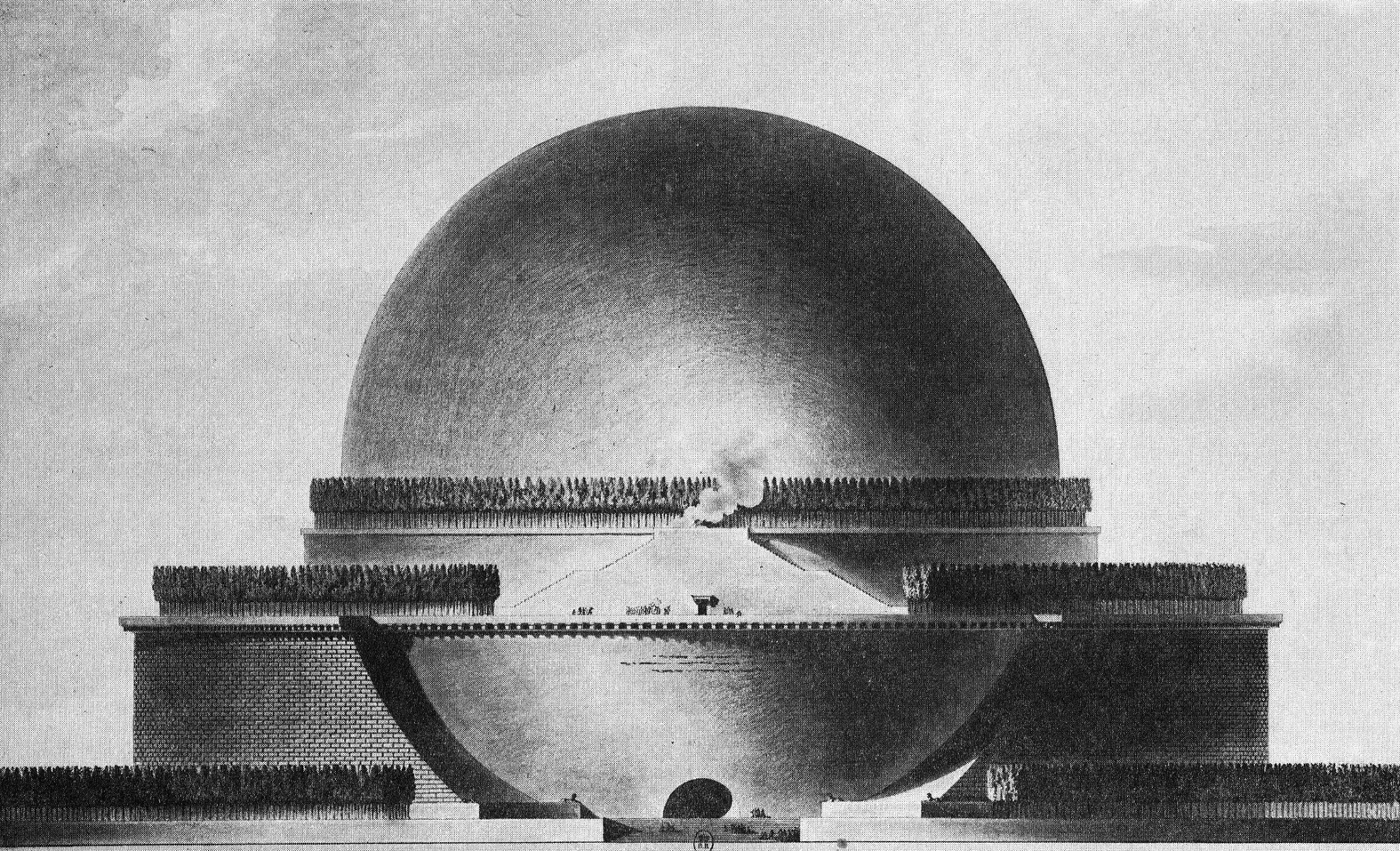
SYNTHETIKA: Rocio Delaloye
Simulacra
Rocio Delaloye
FILE São Paulo 2025 | CGI Videos
Festival Internacional de Linguagem Eletrônica
Simulacra – Argentina
Simulacra é uma animação em CGI que explora a identidade fragmentada de um ser digital enquanto navega por ambientes virtuais em constante mudança. Através de paisagens corrompidas (glitching) e memórias que se dissolvem, a obra examina a tensão entre conexão e desconexão em um mundo hiper-digital, convidando o público a refletir sobre a fluidez da identidade e os limites entre o real e o artificial.
BIO
Rocío Delaloye, artista de novas mídias nascida na Argentina e radicada em Nova York, explora temas como identidade, desconexão e as fronteiras difusas entre realidade e simulação. Seu trabalho já foi exibido no Museu RISD, no Boston CyberArts e na Fundação Ford. Recebeu os prêmios NYFA IAP e Digital Media Fellowship. É bacharel em Belas Artes pela Universidad Nacional de La Plata e mestre em Belas Artes pelo RISD.
